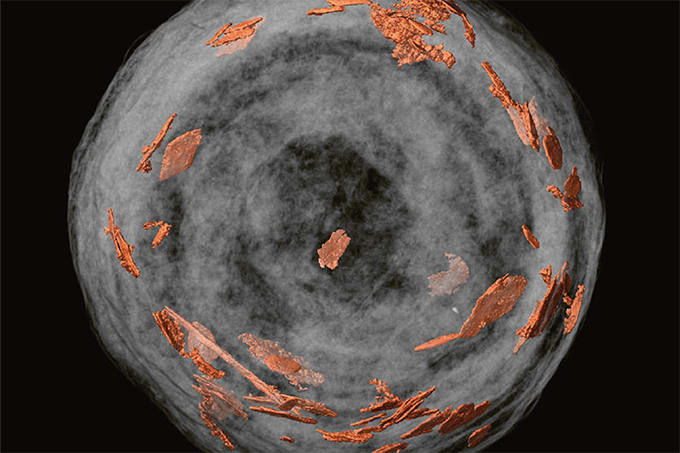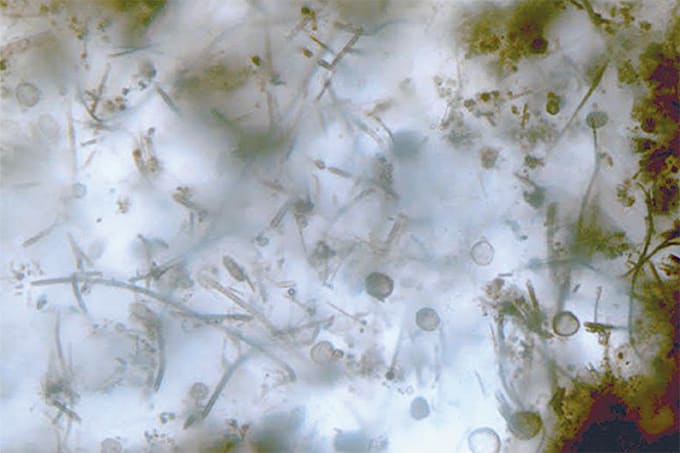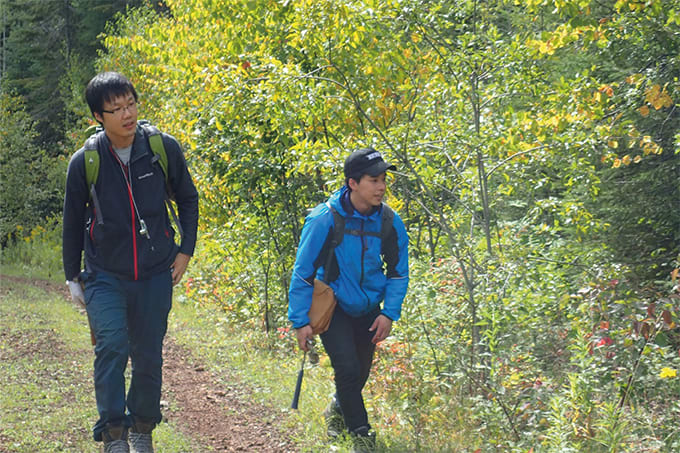Ayahuasca is a plant-based psychoactive drink that forms an integral part of certain shamanic rituals in South America. The effects of the potent concoction were immortalized by Terence McKenna in his 1989 book “True Hallucinations: Being an Account of the Author’s Extraordinary Adventures in the Devil’s Paradise”, in which he described experiencing “vegetable television” (1).
While McKenna’s account is certainly entertaining, a recent study by Melanie J Miller and colleagues took a rather more scientific approach to determining the components of the psychedelic brew. The team, including scientists from New Zealand, USA and Bolivia, characterized residues found on a ritual bundle from southwestern Bolivia 1,000 CE, using liquid chromatography tandem mass spectrometry (LC-MS/MS) (2).
The bundle contained a number of items, including wooden tablets for grinding psychotropic plants and camelid bone spatulas, but those chosen for study were an animal-skin pouch constructed from fox snouts, and two small pieces of dried plant material attached to wool and fiber strings. To help analyze these unusual samples, Miller brought on board toxicologist Christina Moore from Immunalysis Corporation (California, USA), whose lab specializes in illicit drug testing of biological samples.
The cross-disciplinary team identified traces of bufotenine, dimethyltryptamine, harmine, cocaine, benzoylecgonine (a product of cocaine degradation), and the possible presence of psilocin – suggesting the use of at least three plant sources. Miller says, “This is the most diverse selection of psychoactive compounds recovered from a single archaeological context in South America to date.”
The compounds come from plants from geographically distant locations, including Amazonian plants. “This suggests a deep knowledge of the psychoactive and healing properties of these plants, and how to procure and use them in culturally meaningful ways,” says Miller.
Miller credits advances in analytical technology with making studies like these possible by allowing the team to obtain high-quality data from tiny samples. Perhaps the next instalment of the Indiana Jones franchise should feature Harrison Ford wielding a portable mass spectrometer rather than his trusty whip!
References
- T McKenna, “True Hallucinations: Being an Account of the Author’s Extraordinary Adventures in the Devil’s Paradise”, 1989, Rider Books, London, UK. MJ Miller et al., “Chemical evidence for the use of multiple psychotropic plants in a 1,000-year-old ritual bundle from South America”, Proc Natl Acad Sci USA, pii: 201902174 2019). DOI: 10.1073/pnas.1902174116.




